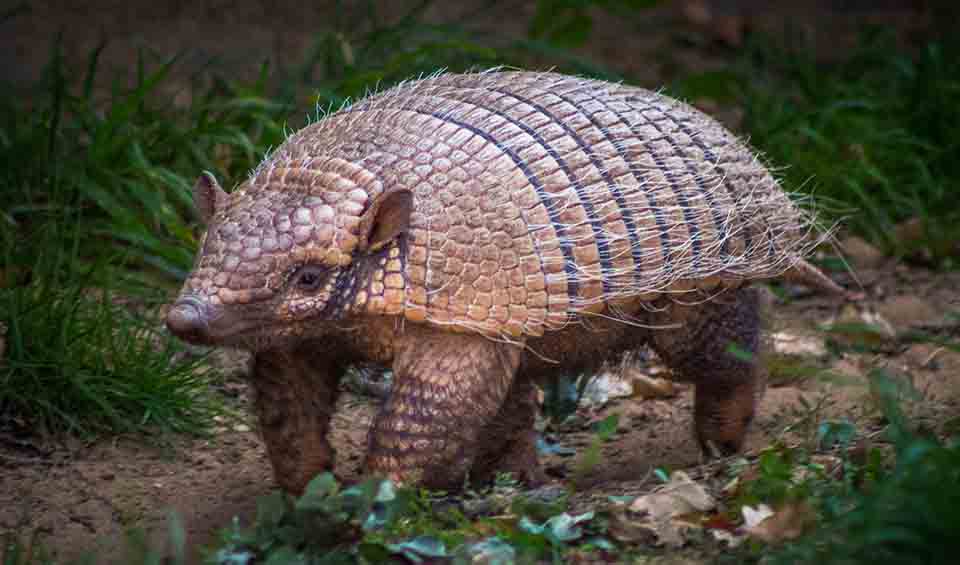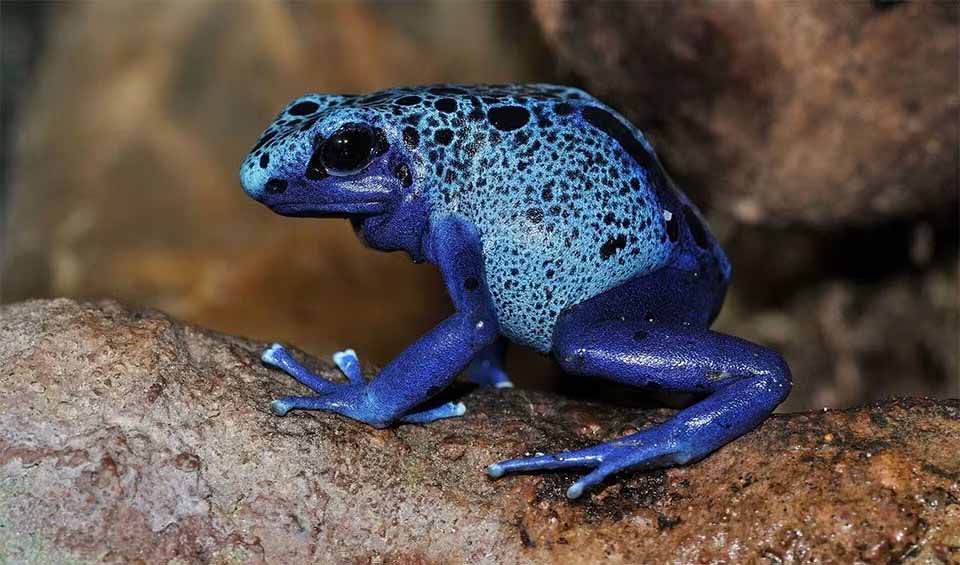Suriname, located on the northeastern coast of South America, is part of the Amazon biome and is one of the greenest countries in the world, with forests covering 94% of its territory. This small, lesser-known nation is home to more than 5,100 plant species and boasts an impressive biodiversity. Its ecosystems, ranging from dense rainforests to coastal mangroves, are bustling with a variety of plant and animal life, offering a unique glimpse into a thriving natural world.
The rich biodiversity of Suriname is largely due to its diverse habitats and favorable climate. The country is segmented into four ecological zones: the coastal plains, the savannah belt, the interior uplands, and the distinctive Guiana Shield mountains, each supporting a broad array of species.
Four pillars elaborated:
Suriname is home to 16 protected areas, which include 11 nature reserves, 4 Multiple Use Management Areas (MUMAs), and 1 nature park, collectively covering a substantial part of the country’s territory to preserve its abundant biodiversity. The largest of these, the Central Suriname Nature Reserve, encompasses 1.6 million hectares (4 million acres) and is recognized as a UNESCO World Heritage Site. This expansive reserve is a sanctuary for a wide range of wildlife, including jaguars, giant anteaters, and tapirs, among other diverse flora and fauna. Land Management
Land Management
Suriname’s biodiversity faces several direct threats, including mineral mining, which is a significant commodity in the national economy, and unsustainable use of mangrove forests. Invasive species, the import of exotic animal and plant species that may become pests, illegal hunting and fisheries, poaching of sea turtle eggs, overharvesting of fish brood, and illegal trade in biological diversity pose major indirect threats. In certain areas, white sand savannah vegetation is burnt to maintain the savannah structure, which is also a concern. Additionally, natural disasters and climate change threaten biodiversity, and the disposal of chemicals and drugs, infrastructure development, and construction of roads can also harm the country’s biodiversity. Threats to Biodiversity
Threats to Biodiversity
Suriname is taking several actions to promote sustainable forest management, such as implementing the National Forest Policy (2003), drafting the Code of Practice for Sustainable Forest Management, and strengthening the capacity of the forest authority. The country also monitors forest cover and makes the information available to relevant stakeholders. Obsolete pollutants are now being sent to other countries for safe dismantling. The National Herbarium at the Anton de Kom University of Suriname is working on establishing an inventory on invasive alien species. Capacity and Governance
Capacity and Governance
Suriname is also taking measures to eradicate the use of mercury and protect important underground freshwater aquifers and other freshwater sources. The Central Suriname Nature Reserve and the coastal zone freshwater and brackish water swamps are already under protection. Suriname has about 2.1 million hectares (21,000 km²) or 13.5% of its territorial surface currently protected, including 16 protected areas consisting of 11 nature reserves, 4 Multiple Use Management Areas, and 1 nature park.
Suriname has a National Biodiversity Strategy and Action Plan (NBSAP) to protect and sustainably use its rich biodiversity. The plan focuses on conserving biodiversity by establishing protected areas, promoting sustainable use in sectors like agriculture, forestry, and fisheries, building capacity through research and education, and engaging the public and stakeholders in biodiversity conservation efforts. Future Trends
Future Trends
Biodiversity
Suriname’s exceptional biodiversity stems from its varied habitats and warm climate, with coastal temperatures averaging between 25°C and 28°C annually, supporting diverse ecosystems. The country’s marine and coastal regions are vibrant with life; mangrove forests, coral reefs, and seagrass beds serve as crucial habitats for a multitude of species, including fish, turtles, and dolphins.Additionally, Suriname is the habitat for two species of tapir: Baird’s Tapir and the South American Tapir. These remarkable animals are in need of focused conservation efforts to protect them from increasing environmental threats and ensure their continued survival.
In the table below are the number of known species in several main groups, how many of these species are Threatened with extinction, and how many of them are Endemic (unique to Suriname only):
| Species (World rank) |
Threatened | % Threatened | Endemic | % Endemic | |
|---|---|---|---|---|---|
| Mammals | 231 (#47) | 9 | 3.9% | 2 | 0.9% |
| Birds | 695 (#39) | 4 | 0.6% | 1 | 0.1% |
| Reptiles | 159 (#58) | 6 | 3.8% | 1 | 0.6% |
| Amphibians | 118 (#29) | 1 | 0.8% | 7 | 5.9% |
| Fishes | 1,043 (#46) | 66 | 6.3% | 12 | 1.2% |
| Plants | 5,100 (#65) | 27 | 0.5% | 5 | 0.1% |
mammals
Pale-throated sloth
When it comes to sloths, there are degrees of slothfulness and three-toed sloths are the most slothful (SLOW) of all!
Cougar
The most widespread large mammal of the Americas: from Canada’s Yukon to the Andes in South America
Six-banded armadillo
Able to swim and will shallow air just before entering the water to assist with buoyancy
birds
Brown pelican
The smallest of the eight pelican species
Jabiru
One of the tallest flying birds of Americas
Paradise jacamar
These agile hunters can catch butterflies and dragonflies mid-flight
reptiles
Boa constrictor
A small genus of Large snakes, strangling their prey endemic to the Americas
Mata mata
Second species in this genus only identified in 2020
Cuviers dwarf caiman
A heavily armored small crocodile native to South America
amphibians
Cane toad
When a big one meets a smaller one, it’s lunch!
Mission golden-eyed tree frog
Golden-eyed frog, Panda treefrog, Blue-milk frog -so many cute names for such a poisonous animal!
Blue poison dart frog
“The jewels of the rainforest”
National Animals
Great kiskadee
This bird is a real chatterbox, constantly announcing its presence with its loud, three-part call – “kis-ka-dee!”

















